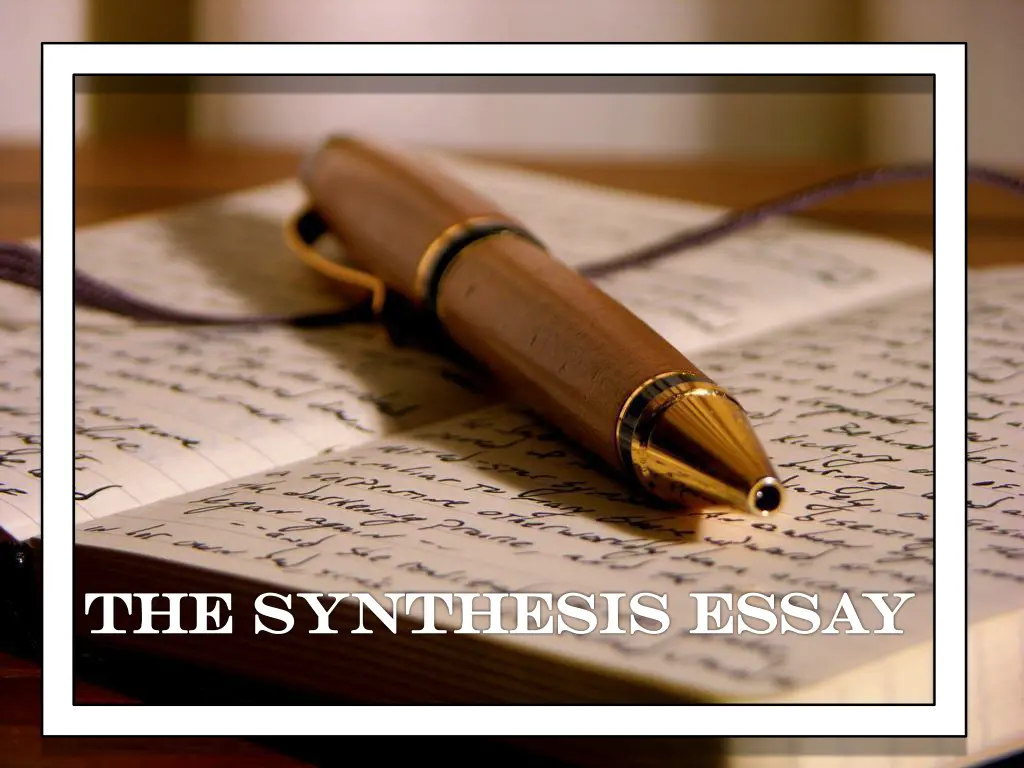
Effective Strategies for Academic Essay Writing
Learn key strategies for academic essay writing, including creating a clear thesis statement, thorough outlining, effective introduction writing, and basic editing tips. Improve your writing skills and enhance the clarity and organization of your essays.
Download Presentation

Please find below an Image/Link to download the presentation.
The content on the website is provided AS IS for your information and personal use only. It may not be sold, licensed, or shared on other websites without obtaining consent from the author. If you encounter any issues during the download, it is possible that the publisher has removed the file from their server.
You are allowed to download the files provided on this website for personal or commercial use, subject to the condition that they are used lawfully. All files are the property of their respective owners.
The content on the website is provided AS IS for your information and personal use only. It may not be sold, licensed, or shared on other websites without obtaining consent from the author.
E N D
Presentation Transcript
Objective After completing notes on the basic parts of a an academic essay, and evaluating sample THESIS statements students will be able to: Create a focused and clear THESIS STATEMENT; Complete a THOROUGH OUTLINE that identifies guiding questions that will be answered in the essay Use the outline to write essay.
Objective After completing notes on the basic parts of a an academic essay, and evaluating sample essays, students will be able to: Write a complete introduction. Use the outline to write essay.
THE NO Fail FORMULA Introduction: ANT Body: TIEAC Conclusion: RRR
Basic Editing: Spelling & Punctuation SPELLING: Spelling errors must NOT distract reader from ideas. Circle misspelled words. Spell them correctly. Check for commonly misspelled words. For example: then, than Effect, affect, its, it s Their, there To, too, two MISSING WORDS: Use a carat ^ to insert missing words. CAPITALIZATION: Beginning of sentences & proper nouns must be Capitalized. Underline letters that should/should not be capitalized twice. PUNCTUATION: Every sentence must end with a period or question mark. Commas will separate clauses accurately. FRAGMENTS: No incomplete sentences. i.e. Wants to show that man is the lowest animal. Missing SUBJECT! Comparing the earl and the anaconda. Missing Predicate. RUN-ON s: Look for long sentences that could be broken up into two complete sentences by adding punctuation or separating the clauses with commas. QUOTATION MARKS will mark the use of citations. For example, I said that punctuation helps the reader follow the writer s train of thought (2).
BASIC EDITING: Academic Style No CONTRACTIONS: spell out don t, aren t, isn t, etc. No 2nd Person: Cross out all You s. Suggest whether the writer should instead use: reader/s, individual/s, one, audience, Americans, etc. No 1st Person: Cross out all I think/ believe No PAST TENSE VERBS while analyzing the text. In literary analysis essays, all is happening while they are being read: USE PRESENT TENSE ONLY! No PASSIVE VOICE: Use active verbs to describe actions of text. For example: Passive: Twain is arguing that man is the lowest animal. Active: Twain argues that man is the lowest animal.
CLARITY & ORGANIZATION Circle areas that are unclear and confusing. Suggest how these can be rewritten. This should include sentences that have the words what why how these are usually too vague and do not answer their own question. (i.e. this shows how he felt. or this reveals what they went through. Cross out areas that are repetitive and off topic. Check for subject verb agreement. Do all verbs agree with their subject in number? For example. The flock follow its leader. INCORRECT! The flock follows its leader. CORRECT!
Introduction: ANT Attention Getter: Introduce the TOPIC that the prompt asks you to explore. Necessary Background: Introduce the texts that are being explored to understand the topic. Include full name of author title of text and paraphrase background necessary to transition into your THESIS statement. Thesis Statement: Directly answer the prompt s central question. Include key signal words. WARNING: If your thesis statement is vague and unclear, the rest of your essay will surely fall apart.
Body Paragraphs: TIEAC Topic Sentence: CLEARLY Announces point to be made to support the THESIS statement. Introduction to evidence: CONCISELY Explain, defend, and elaborate on your TOPIC SENTENCE and set the context for evidence you will use by paraphrasing events. Evidence Follow up with at least one quote from the book and/ or use a quote from an expert source to support YOUR TOPIC SENTENCE. Analysis: What does the evidence/example mean/signify/ denote/ indicate/ suggest? Commentary: What does the evidence/example reveal/ prove/illustrate about the overall topic?
Conclusion: RRR Restate thesis: Remind the reader what your essay just demonstrated or proved. Review evidence: Paraphrase points and evidence used to prove the thesis statement. Relate: How do the texts studied and topic help us understand contemporary American identity and culture?
Final Draft Due:
